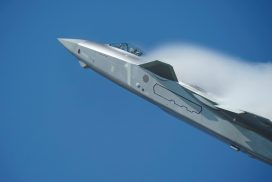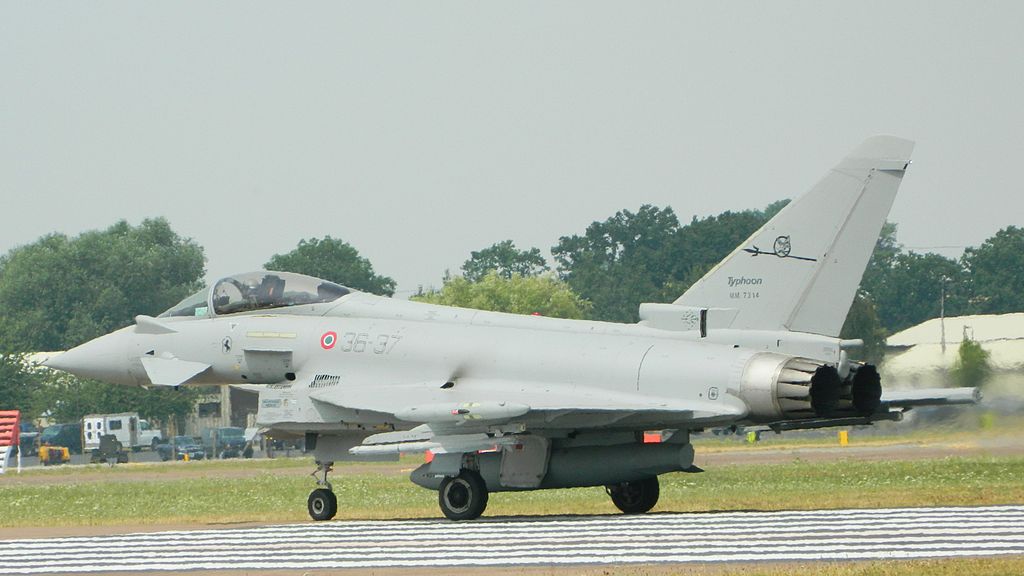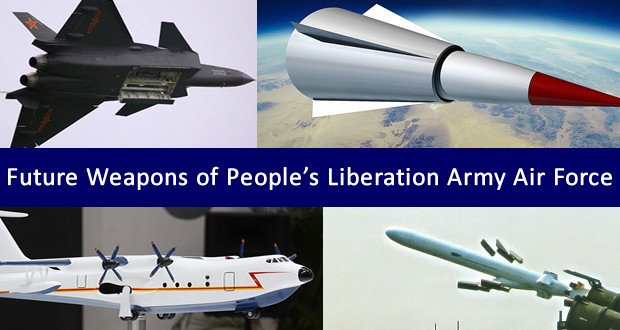India’s $11 billion program to buy 126 Multi-role Medium Range Combat Aircraft (MMRCA) won approval June 29 from a key acquisition body, clearing the way for a request for proposals to go to six global firms within two weeks, Defence Ministry sources said.Expected to run at least five years, the country’s largest-ever arms purchase will come with several new twists. For the first time, life-cycle costs will be considered when judging the merits of candidate aircraft, which are expected to include the Boeing F/A-18, Dassault Rafale, Eurofighter Typhoon, Lockheed Martin F-16, MiG-35 and Saab Gripen, ministry officials said.Ministry officials are expecting each aircraft to cost $20 million to $22 million to acquire, and possibly three times that sum over its expected lifespan of 4,000 flight hours over 40 years. The proposals will be evaluated by Indian Air Force technicians, and the planes will be field-tested to produce a short list of vendors, whose lifetime support offers and performance-based warranties will be compared, said the Defence Ministry official.The selection process will be conducted as outlined in the Defence Procurement Procedures – 2006, ministry spokesman Sitanshu Kar said. Kar said the program would strive to buy an operationally appropriate aircraft, run a competitive, fair and transparent procurement process to generate best value for money, and help Indian defense companies grow to a global scale.The winning company will manufacture just 18 aircraft, with the remaining 108 to be built in India under system integrator Hindustan Aeronautics Ltd., Bangalore, said Defence Ministry officials. The total offset requirement has been boosted to 50 percent from 30 percent.“It is expected that the Transfer of Technology and offset contracts would provide a great technological and economic boost to the indigenous defense industries, which would include the [state-owned] Defence Public Sector Undertakings, Rashtrya Udyog Ratnas [private companies licensed for military production] and other eligible private sector industries,” according to a ministry release. “Foreign vendors would be provided great flexibility in effecting tie-up with Indian partners, for this purpose.”Delays ExpectedThe huge program will not be easy for India to keep on schedule, given the Defence Ministry’s history of program delays, said defense analyst Surya Pal Singh, a retired air commodore. If the 2009 elections produce a new government, the acquisition process could stretch beyond five years, Singh said.Already, it has taken since December 2005 for the Defence Acquisition Council — headed by Defence Minister A.K. Anthony — to move from the request for information to a request for proposals.Defence Ministry officials blamed the delay on the decisions to ask for life-cycle costs and higher offsets.In any case, the final decision will come down to politics, especially New Delhi’s relations with Russia and the United States, said defense analyst Nitin Mehta. The jet should be powered by twin turbofans that provide thrust of between 25,000 and 30,000 pounds, yielding a top speed of Mach 2 and a range of more than 2,500 kilometers, an Indian Air Force official said.Expected to operate largely in air-defense missions, the plane should carry 20mm to 25mm cannon, radar-guided air-to-air missiles, air-to-ground weapon pods, and satellite-guided air-to-surface missiles, including anti-radiation weapons.Avionics would allow the aircraft to fly on the nap of the Earth and at night; stealthy coatings would reduce its radar signature; and refueling gear would allow aerial tanking
Menu
Copyright © 2007- 2024 • Defence Aviation • All Rights Reserved. Reproduction without explicit permission is prohibited.



